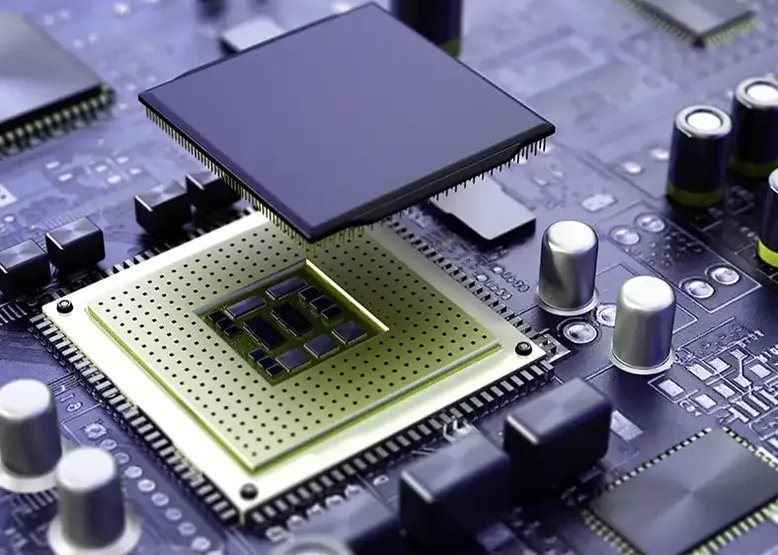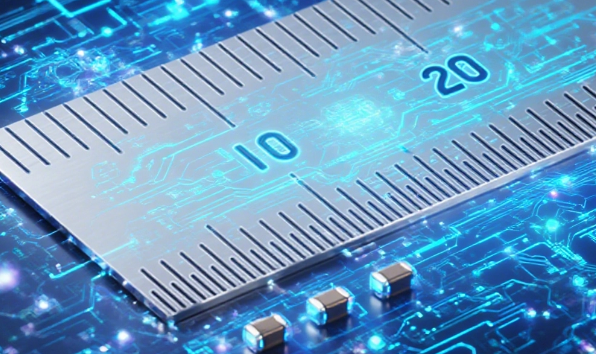In today's digital age, electronic devices are everywhere, from smartphones and computers to industrial automation equipment and medical instruments. As the basic components of electronic devices, the procurement of electronic components is crucial. The procurement of high-quality electronic components can not only ensure stable product performance and reliable quality, but also effectively control costs and enhance corporate competitiveness. So, how to purchase electronic components? This article will introduce you in detail.
1. Clarify procurement needs
(I) Study the design plan and BOM list
The starting point of procurement work is to deeply understand the design plan of the product. This requires close communication between procurement personnel and the R&D team to understand the functions and roles of each electronic component in the entire circuit system. For example, in a power supply circuit, capacitors in different positions are used for filtering and energy storage, and their parameter requirements are completely different. At the same time, accurate interpretation of the bill of materials (BOM) is the key. The BOM lists in detail the model, specifications, quantity and other information of the components to be purchased. Any negligence in any detail may lead to procurement errors. For example, the resistance value of the resistor, the capacitance value of the capacitor, the pin definition of the chip, etc. must be determined strictly in accordance with the design requirements.
(II) Consider application scenarios and special requirements
Different application scenarios have special requirements for electronic components. Electronic components used in the aerospace field must have extremely high reliability and stability and be able to withstand extreme temperatures, pressures and radiation environments; while consumer electronic products focus more on cost-effectiveness and miniaturization. If the product will be used in a high temperature and high humidity environment, the high temperature and humidity resistance of the selected components must meet the standards; if it is a high-speed circuit with strict requirements on signal transmission speed, it is necessary to select components with excellent high-frequency performance, such as high-speed connectors and high-frequency inductors. In addition, it is also necessary to consider whether there are environmental protection requirements. For example, the EU’s RoHS directive restricts the use of certain hazardous substances in electronic and electrical equipment. When purchasing, it is necessary to ensure that the components meet relevant environmental protection standards.
II. Screening high-quality suppliers
(I) Find suppliers through multiple channels
- Online platform: B2B platforms such as Alibaba bring together a large number of electronic component suppliers.
- Industry exhibitions: Participate in electronic component industry exhibitions.
- Independent website: Some excellent enterprises will also have their own independent website, such as شرکت محدود اچ کی ای کیوگو. This is a Hong Kong-based old electronic component supplier with 10 years of sales experience.
- Peer recommendation: Consult with other corporate purchasing personnel in the same industry to learn about the high-quality suppliers they have worked with.
(II) Evaluate the strength of suppliers
- Supply capacity: Understand the inventory and procurement situation of suppliers, and stable supply capacity is essential.
- Quality control system: Investigate the quality control process and testing methods of suppliers. From raw material inspection, online testing during production to finished product sampling, a complete quality control system can effectively reduce the defective rate.
- Delivery time and after-sales service: Whether the supplier’s delivery time is on time directly affects the production progress of the purchaser.
III. Reasonable control of procurement prices
(I) Understand the market situation
The market price of electronic components fluctuates frequently, affected by various factors such as raw material prices, supply and demand, and technological updates. Purchasing personnel need to pay close attention to market trends. شرکت محدود اچ کی ای کیوگو has always had an advantage in price due to its large inventory and large procurement volume.

(II) Price negotiation strategy
- Bulk purchase: By increasing the purchase volume, negotiate with suppliers for more favorable prices.
- Long-term cooperation commitment: Express the willingness to establish a long-term cooperative relationship to suppliers to achieve a win-win situation for both parties.
- Cost analysis: Require suppliers to provide cost details and analyze the raw material cost, production cost, transportation cost, etc. of components.
IV. Strict quality control
(I) Formulate quality inspection standards
Specify the quality inspection standards and acceptance process in the purchase contract. The quality inspection standards should be formulated according to the application requirements and industry specifications of the product, covering various performance indicators, appearance dimensions, and packaging requirements of electronic components.
(II) Sampling inspection and testing
- Appearance inspection: Perform appearance inspection on the electronic components that have arrived, check whether there are scratches, deformation, oxidation and other defects on the surface of the components, whether the pins are bent, broken, corroded, etc., whether the packaging is intact, and whether the markings are clear and accurate.
- Electrical performance test: Use professional testing equipment to test the electrical performance of components.
- Reliability test: For some key components or components used in scenarios with high reliability requirements, reliability tests are also required.
(III) Handling of quality issues
If quality issues are found during the inspection process, the purchasing staff should communicate with the supplier in a timely manner and ask them to take appropriate solutions. For minor quality issues, such as a small number of components with appearance defects that do not affect use, the price can be negotiated to be appropriately reduced; for serious quality issues, such as unqualified electrical performance or batch quality defects, the supplier should be required to exchange, replenish or return the goods, and bear the corresponding transportation costs and losses.



